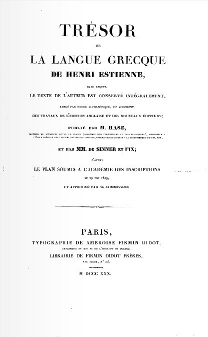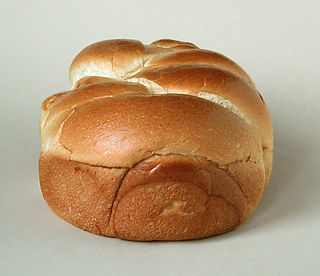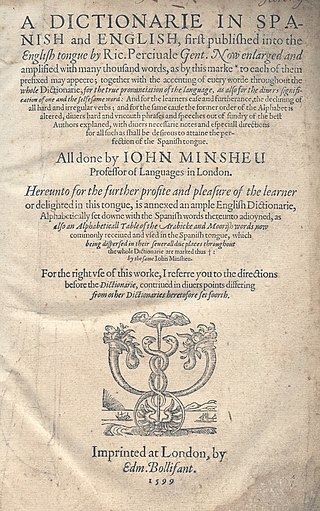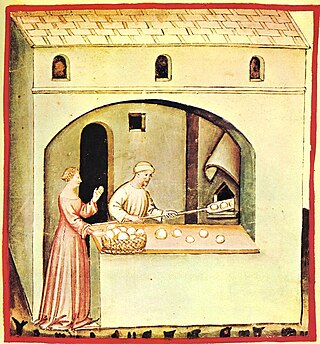Related Research Articles
Robert I Estienne, known as Robertus Stephanus in Latin and sometimes referred to as Robert Stephens, was a 16th-century printer in Paris. He was the proprietor of the Estienne print shop after the death of his father Henri Estienne, the founder of the Estienne printing firm. Estienne published and republished many classical texts as well as Greek and Latin translations of the Bible. Known as "Printer to the King" in Latin, Hebrew, and Greek, Estienne's most prominent work was the Thesaurus linguae latinae which is considered to be the foundation of modern Latin lexicography. Additionally, he was the first to print the New Testament divided into standard numbered verses.

Henri Estienne, also known as Henricus Stephanus, was a French printer and classical scholar. He was the eldest son of Robert Estienne. He was instructed in Latin, Greek, and Hebrew by his father and would eventually take over the Estienne printing firm which his father owned in 1559 when his father died. His most well-known work was the Thesaurus graecae linguae, which was printed in five volumes. The basis of Greek lexicology, no thesaurus would rival that of Estienne's for three hundred years.
This article contains information about the literary events and publications of 1611.

Brioche is a pastry of French origin whose high egg and butter content gives it a rich and tender crumb. The chef Joël Robuchon described it as "light and slightly puffy, more or less fine, according to the proportion of butter and eggs". It has a dark, golden, and flaky crust, frequently accentuated by an egg wash applied after proofing.
Vernacular is the ordinary, informal, spoken form of language, particularly when perceived as being of lower social status in contrast to standard language, which is more codified, institutional, literary, or formal. More narrowly, a particular variety of a language that meets the lower-status perception, and sometimes even carries social stigma, is also called a vernacular, vernacular dialect, nonstandard dialect, etc. and is typically its speakers' native variety. Despite any such stigma, modern linguistics regards all nonstandard dialects as full-fledged varieties of a language with their own consistent grammatical structure, sound system, body of vocabulary, etc.

James Howell was a Welsh writer and historian. The son of a Welsh clergyman, he was for much of his life in the shadow of his elder brother Thomas Howell, who became Lord Bishop of Bristol.

Pall-mall, paille-maille, palle-maille, pell-mell, or palle-malle is a lawn game that was mostly played in the 16th and 17th centuries. It is considered a precursor to croquet.
A gaberdine or gabardine is a long, loose gown or cloak with wide sleeves, worn by men in the later Middle Ages and into the 16th century.
French Renaissance literature is, for the purpose of this article, literature written in French from the French invasion of Italy in 1494 to 1600, or roughly the period from the reign of Charles VIII of France to the ascension of Henry IV of France to the throne. The reigns of Francis I and his son Henry II are generally considered the apex of the French Renaissance. After Henry II's unfortunate death in a joust, the country was ruled by his widow Catherine de' Medici and her sons Francis II, Charles IX and Henry III, and although the Renaissance continued to flourish, the French Wars of Religion between Huguenots and Catholics ravaged the country.
Randle Cotgrave was an English lexicographer. In 1611 he compiled and published A Dictionarie of the French and English Tongues, a bilingual dictionary that represented a breakthrough at the time and remains historically important.

Claude Garamont, known commonly as Claude Garamond, was a French type designer, publisher and punch-cutter based in Paris. Garamond worked as an engraver of punches, the masters used to stamp matrices, the moulds used to cast metal type. He worked in the tradition now called old-style serif design, which produced letters with a relatively organic structure resembling handwriting with a pen but with a slightly more structured and upright design. Considered one of the leading type designers of all time, he is recognised to this day for the elegance of his typefaces. Many old-style serif typefaces are collectively known as Garamond, named after the designer.

John Minsheu (1560–1627) was an English linguist and lexicographer.
Henri Estienne also known as Henricus Stephanus, was a 16th-century Parisian printer. Born in Paris in 1460 or 1470, he was the son of Geoffroy d'Estienne and Laure de Montolivet. His brother Raimond d'Estienne became the heir of the Estienne family, while Henri was disinherited by his father in 1482 "for having devoted himself to printing", the profession of printer then being the cause of losing your title. Estienne established the Estienne printing firm in 1502 from his wife's deceased husband's Higman Press. After his death in 1520, his wife married his colleague Simon de Colines who took control of the Estienne Press until his son Robert Estienne assumed control of the press in 1526.
François Vatable was a French humanist scholar, a hellenist and hebraist.

Moresque is an obsolete alternative term to "Moorish" in English, and in the arts has some specific meanings. By itself, the word is used to describe the stylized plant-based forms of tendrils and leaves found in ornament and decoration in the applied arts in Renaissance Europe that are derived from the arabesque patterns of Islamic ornament. Like their Islamic ancestors, they differ from the typical European plant scroll in being many-branched and spreading rather than forming a line in one direction. The use of half-leaves with their longest side running along the stem is typical for both.

Flamiche is a French savoury pastry, originating in the north-west France. It dates to medieval times and originally was a kind of galette, but in its modern version is a tart made with leeks and cream.
Claudius Hollyband was a 16th-century French-English linguist, philologist, phonologist, lexicographer and instructor of English, French, Italian and Latin. He was the author of many books and treatises regarding language, including one of the earliest French-English dictionaries, A Dictionarie French and English, published in London in 1593.

A vantage loaf or vantage of bread is the thirteenth loaf of a baker's dozen, a loaf of bread which is to the buyer's advantage, being in addition to the number ordered.

Doublets or queen's game is an historical English tables game for two people which was popular in the 17th and 18th centuries. Although played on a board similar to that now used for backgammon, it is a simple game of hazard bearing little resemblance to backgammon. Very similar games were played in mainland Europe, the earliest recorded dating to the 14th century.

Chouquettes or petits choux are small pieces of French patisserie consisting of small spheres of choux pastry, sugared and baked. The term was known in the 16th century, and was originally applied to small savoury spheres. Since the late 17th century choquettes have been sweet.
References
- ↑ Hollyband, Claudius (1593). A Dictionarie French and English. London: Thomas Woodcock.
- ↑ Estienne, Robert (1549). Dictionaire Françoislatin, autrement dict Les mots François, avec les manieres d'user d'iceulx; tournéz en Latin. Paris: Robert Estienne.
- ↑ Cotgrave, Randle (1611). A Dictionarie of the French and English Tongues. London: Adam Islip.